Drobo has announced a pair of Thunderbolt and USB 3.0-capable storage devices. The company has not released official pricing and availability information, other than saying they will be coming next month.

Both the Drobo 5D and Drobo Mini include industry-first SSD acceleration—utilizing the performance benefits of solid state drives (SSDs) and the capacity benefits of hard disk drives (HDDs) to deliver an automated, no-compromise system. In addition to supporting SSDs in any of the drive bays, both units include an additional bay that will accommodate a small-form-factor SSD to achieve significant performance boosts while making all drive bays available for high-capacity HDDs.
The products also support both lightning-fast Thunderbolt (2 ports) and USB 3.0 connectivity, an industry first for storage arrays that will provide flexibility to both Mac and Windows users. The two Thunderbolt ports allow customers to easily daisy-chain devices to accommodate massive growth, and the USB 3.0 port ensures compatibility to millions of USB systems.
Along with SSD acceleration and Thunderbolt / USB 3.0 interfaces, the new Drobo products have been completely redesigned from the ground up with new hardware and software architectures. These enhancements provide a significant increase in processing capability and several optimizations to BeyondRAID™ that will increase baseline performance by at least five times—prior to the addition of SSDs—easily making the new Drobo 5D and Drobo Mini the fastest storage arrays in their class.
Users interested in the Drobo 5D and Mini can sign up to be notified of availability on Drobo's website.



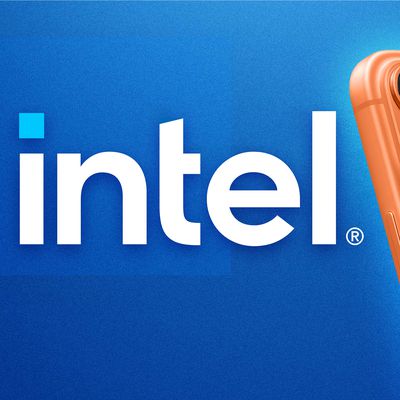
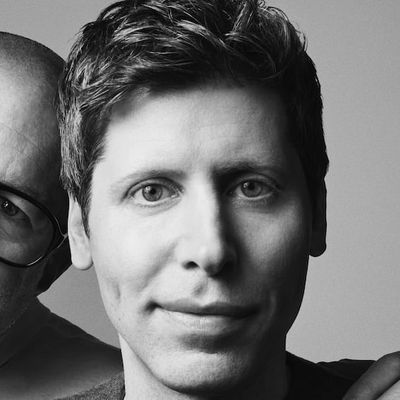

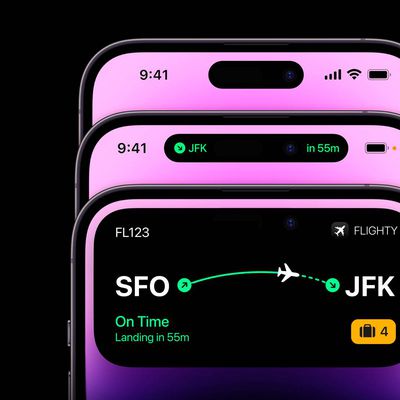

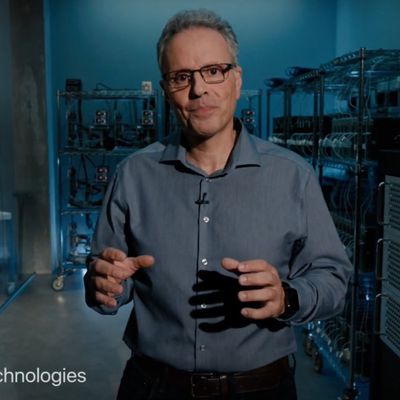

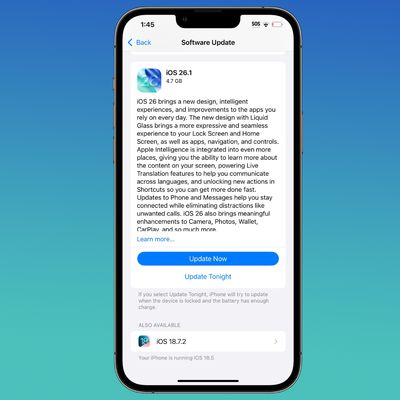










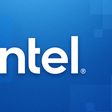


Top Rated Comments
I don't think you understand how a drobo works, you could actually lose more than 1 drive and the only thing you would have to do is replace with new drives, the drives would integrate and rebuild the information automagically.
That said, I find Drobo draws 90% of its criticism from people who have never owned one and say they never will. There are a few vocal people who have had one fail and are pissed because they were too stupid to backup their data. But most of the actual owners are happy with them in my experience.
No storage array is a backup (none, not one you built, not one with two disk failure protection... none. An electrical surge, fire, theft, etc. can always take out the entire thing). A backup is a copy of your data that is in a physically different location.
I like the Drobo because I didn't want an array that had to be built once with all the disks that would be included in the set from the very start and in order to increase the storage pool you had to migrate the data off and start over.
If you're not replicating the data elsewhere, you're still running an enormous risk anyway.
This can happen with any of these SOHO boxes, such as Drobo, Synology, or QNAP. The latter two are "traditional" RAID, but don't use hardware RAID, rather they use MDRAID, Linux's software RAID. If the unit dies, you had best be good at the command line in order to be able to mount the drives elsewhere.
----------
0 is striped. You lose one, you're done.
Not if the Drobo itself fails, which happens.
http://scottkelby.com/2012/im-done-with-drobo/
You can go from thunderbolt to VGA or DVI but not the other way around. Basically they're saying you can terminate the chain after six devices.
Got to love the way you are raising the bar here. First you complain that it can't even saturate USB2 (20-30MBps) so it isn't worth buying with a faster interface. Now you are suddenly setting the bar at 250MBps? If you read my earlier posts I note that the current gen speeds are not mind blowingly fast, but they are at least the equivalent of my other internal (non SSD) drives during normal use.
I also think most current gen Drobo users would disagree with your assertion that it is not intended for connected use. That is EXACTLY what mine is used for - it is my central audio/video storage/streaming volume. For that role it is perfect for me. No more dealing with running out of space as my library grows or re-organizing my data across multiple drives as they fill up. Plus as drives reach the end of their 'safe' lifespan, I just swap them out with new and bigger drives one at a time.
I've tried most of the 'roll your own' solutions out there, and for total cost (especially when you factor in the ability to mix and match drives) and ease of use the Drobo won hands down for me at the time I decided to buy it. Is it 'perfect', no. Is it the right choice for everyone, no. But most of the reasons being tossed around for not buying are more fear mongering than fact:
One reason is that it is too slow for normal use, but that has not been true with at least the current Drobo S. It WAS true with the prior gen devices. If your need for this type of device is maximum speed for video capture/edit/etc., a Drobo is NOT the device for you - you want the new Pegasus drives.
Another reason given is that it is proprietary. So are most of the RAID solutions out there. If you have to go disk by disk through the disks in a failed raid array trying to recover data and piece together the bits of files spread across multiple volumes - you have a serious failure in your backup strategy somewhere. RAID is NOT backup, it is redundancy/protection and usually allows for zero downtime with limited drive failure scenarios.
A third reason is that hardware failures corrupt the data. Same is true for any RAID solution. Bet most 'roll your own' proponents would recommend using the on-board MB software raid solutions to keep the cost below a Drobo, and there are plenty of horror stories about data loss and drive incompatibilities/failures with those.